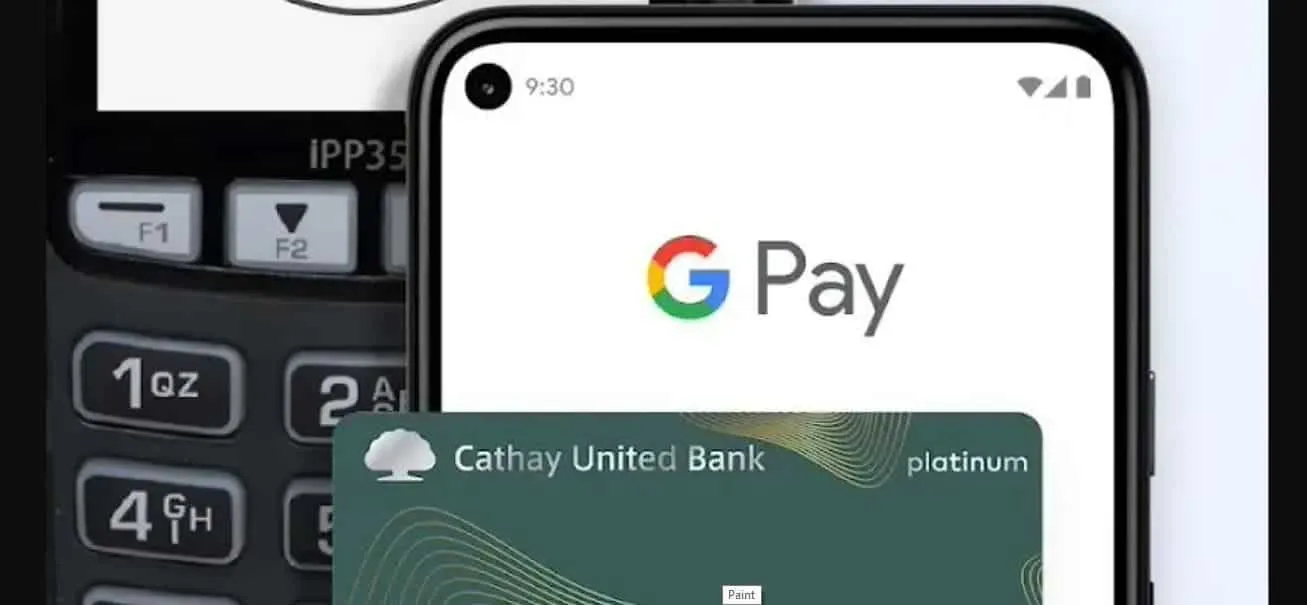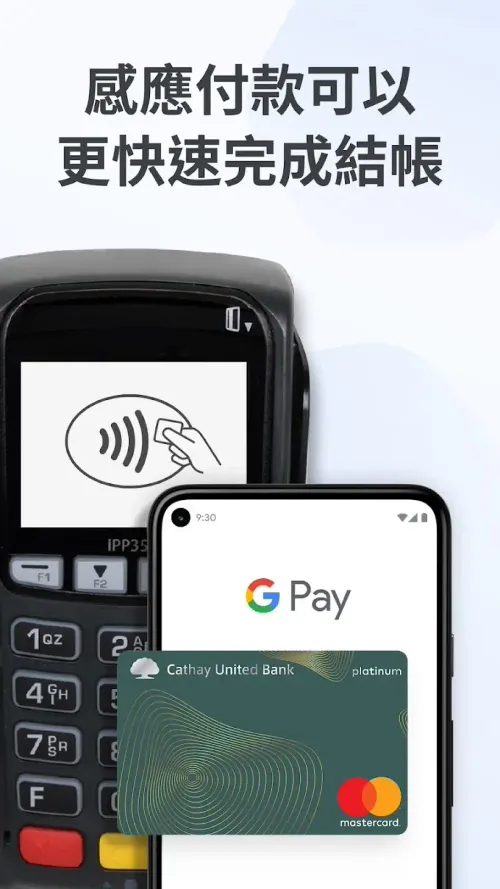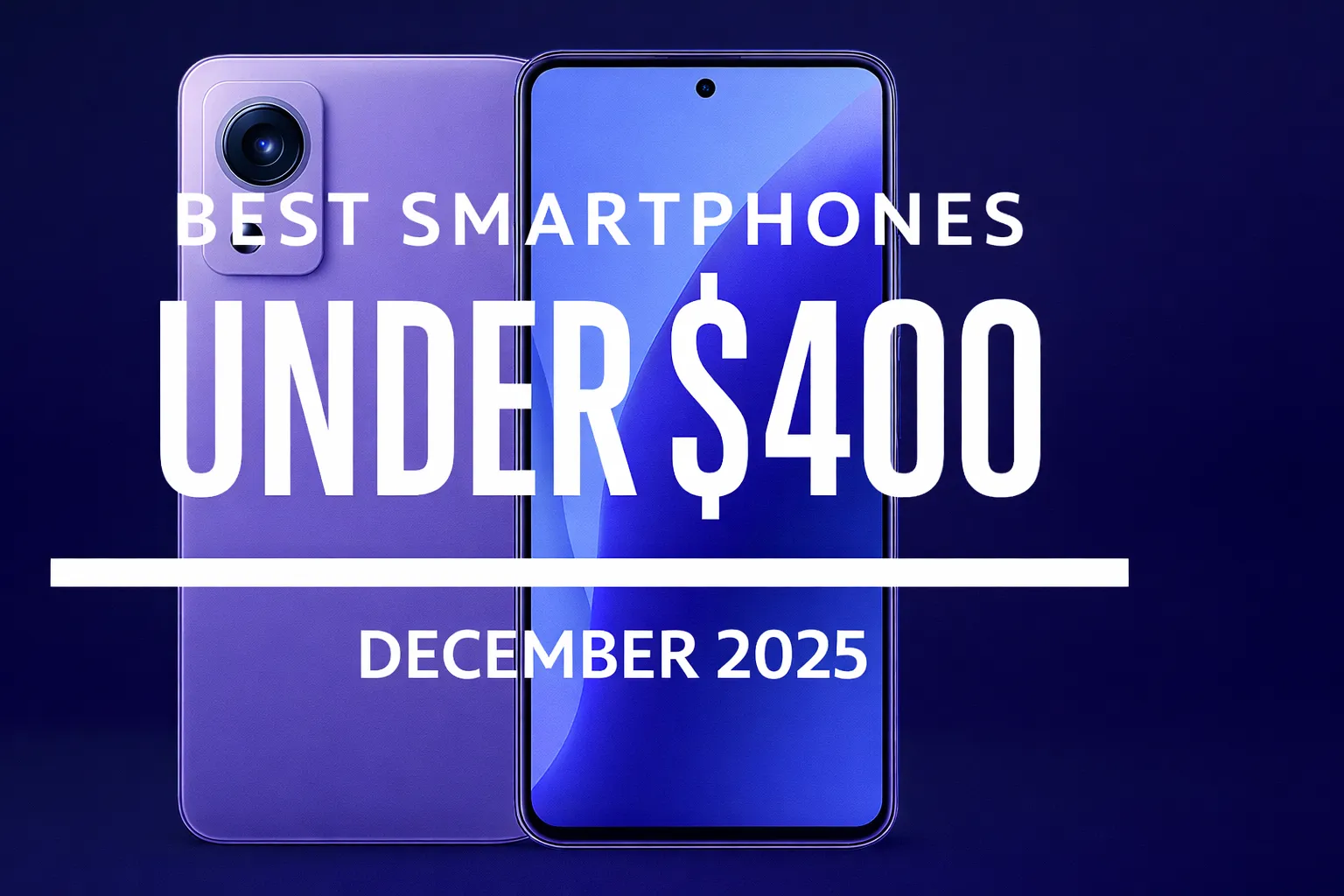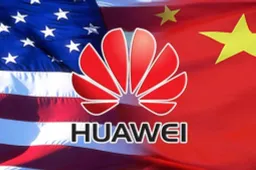Google confirms it will ditch the Google Pay app for Google Wallet fully on June 4th
TechFriday, 23 February 2024 at 21:19

On February 23rd, 2024, Google announced a significant shift in its digital payment strategy, confirming that the standalone Google Pay app will cease operations in the United States effective June 4th, 2024. This decision marks the return of Google Wallet to prominence, a move driven by the fact that Google Wallet is currently utilized five times more frequently than Google Pay within the American market. Google Pay will be deactivated in most regions except Singapore and India on June 4, 2024. This means that the service will be inactive in over 180 countries/regions. However, existing users can switch to Google Wallet to continue using it.

Origins and Evolution
Google Wallet, initially introduced in 2011, aimed to enable money transfers via Android devices, particularly the Nexus S 4G. However, Google later merged it with Android Pay in 2017, creating Google Pay, which sought to combine various payment options under one umbrella. Despite initial promise, Google Pay struggled to maintain consistency and relevancy, leading to multiple iterations and attempts to expand functionality beyond basic payment capabilities.
In contrast, Google Wallet relaunched in 2022, focused primarily on storing credit and debit cards, event tickets, loyalty programs, government identification documents, and proof of vaccinations. Its compatibility with modern technologies such as Ultra Wide Band (UWB), which enables keyless entry for cars, further solidified its position as a versatile tool for everyday life.
Reasons Behind the Change
The decision to discontinue Google Pay in favour of Google Wallet is rooted in several factors. First, Google Wallet has seen significantly higher usage rates among consumers, indicating greater satisfaction with its feature set. Second, Google aims to streamline its product offerings, reducing confusion and complexity for end-users. Third, Google intends to invest resources in enhancing existing features rather than maintaining two separate applications.
Transition Details
Users of the U.S. version of Google Pay will not lose access to their stored payment methods; instead, they may continue to utilize these methods directly from Google Wallet. Additionally, Google Pay users will retain the ability to transfer their balances to their bank accounts before June 4th, 2024, although they will no longer be able to perform peer-to-peer transactions once the app shuts down.
For those seeking additional convenience, Google has highlighted recent improvements made to Google Pay Autofill in Chrome, allowing easier payment processing across websites. Furthermore, Google has expanded the range of passes that can be stored in Google Wallet, including public transportation passes.
Google says Google Wallet offers the same functionality as well as newer features such as transit cards, driver's licenses, state ID cards and more. Google also mentioned that "Google Wallet usage is five times higher than Google Pay in the U.S.," meaning most users have already made the transition.
Users who are currently using Google Pay can still check their balances and transfer funds before the deadline. So existing users can withdraw their balances to their bank accounts. Otherwise, they can only transfer their balances after June 4.

Image source: Gerald Ong
Global Impact
While the U.S. version of Google Pay will close, Google Pay will remain operational in India and Singapore, where it serves distinct markets with specific requirements. This demonstrates Google's commitment to tailoring its products to meet local demands.
Conclusion
Google's decision to discontinue Google Pay and shift its focus back to Google Wallet is a strategic move. This transition is driven by Google Wallet's higher usage rates and enhanced functionality. This reflects Google's commitment to simplifying its product offerings and improving user experience. The evolution from Google Wallet to Google Pay and back to Google Wallet underscores the iterative nature of technology development. It also shows the importance of adapting to user preferences and market dynamics.
While the transition may present challenges for existing Google Pay users, Google has outlined clear transition plans. It emphasizes the continued availability of key features through Google Wallet. Moreover, the decision to maintain Google Pay operations in India and Singapore highlights Google's recognition of regional market nuances. It also shows Google's dedication to serving diverse user needs globally. Overall, Google's strategic realignment reinforces its commitment to innovation and user-centric design in the digital payment landscape.
Loading






